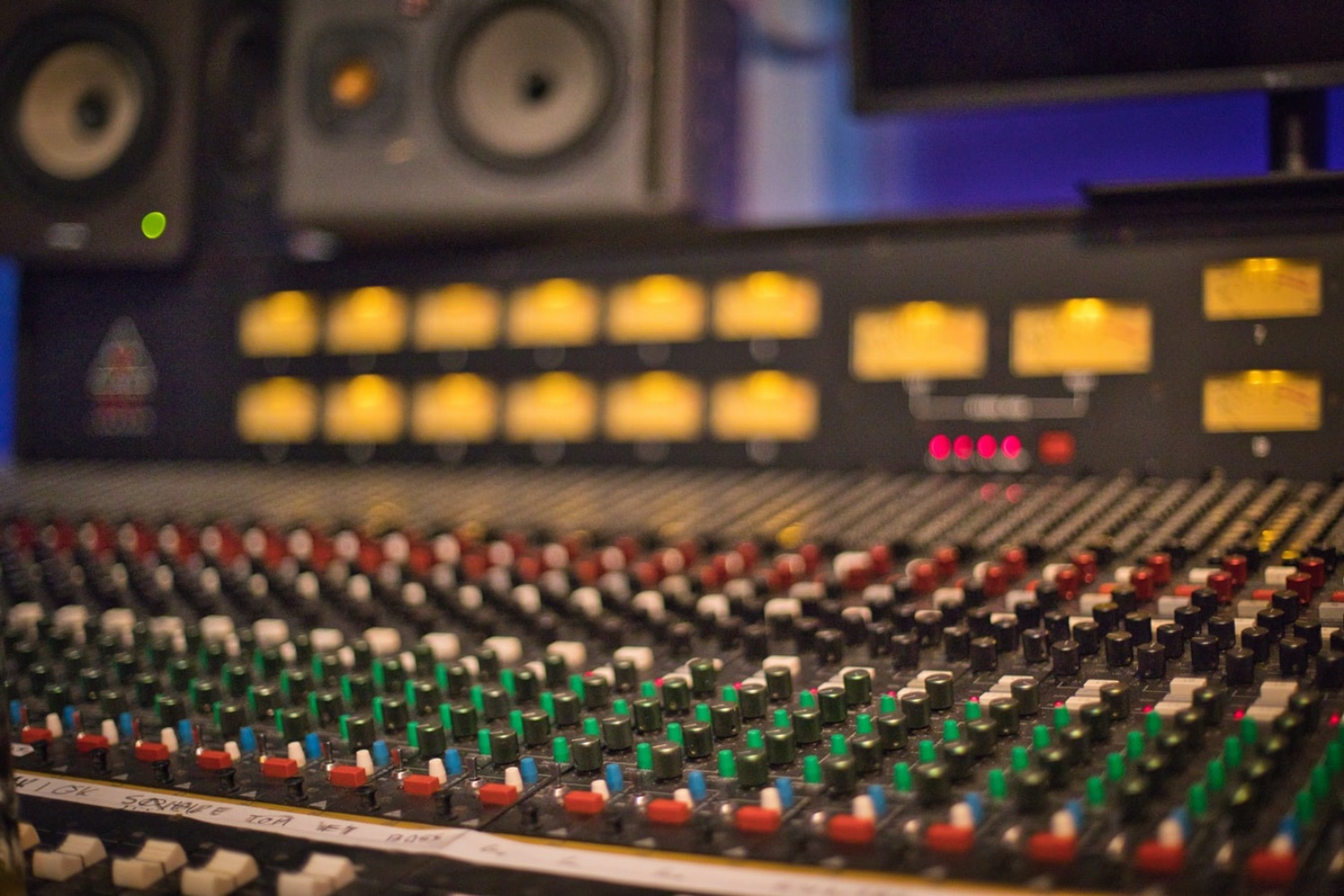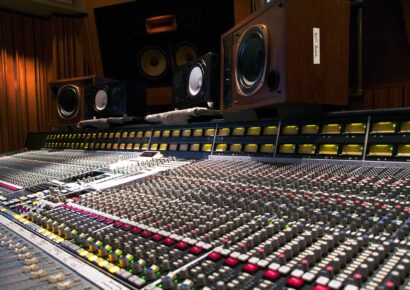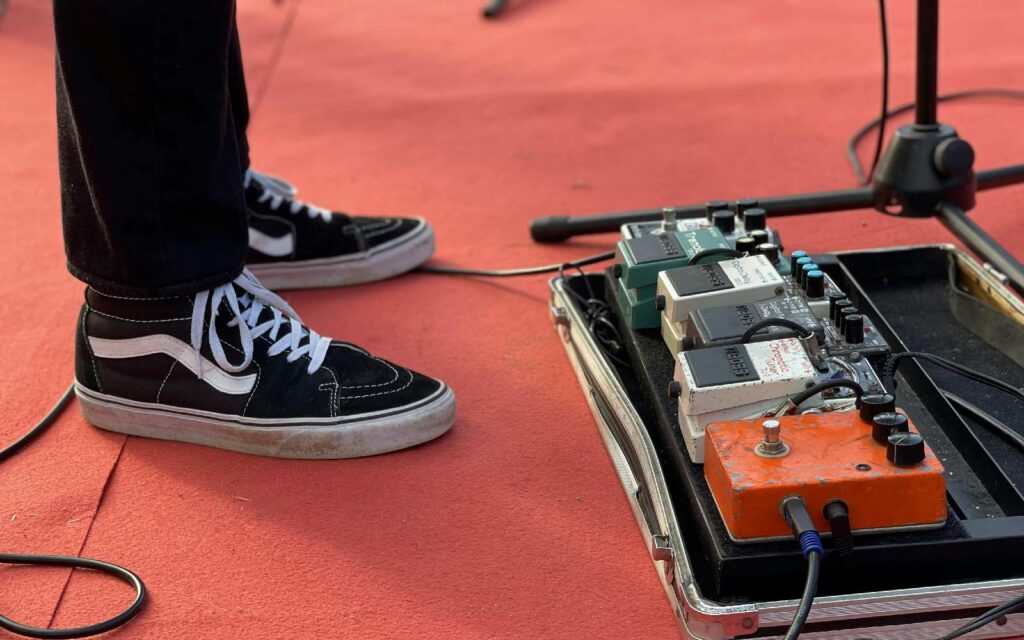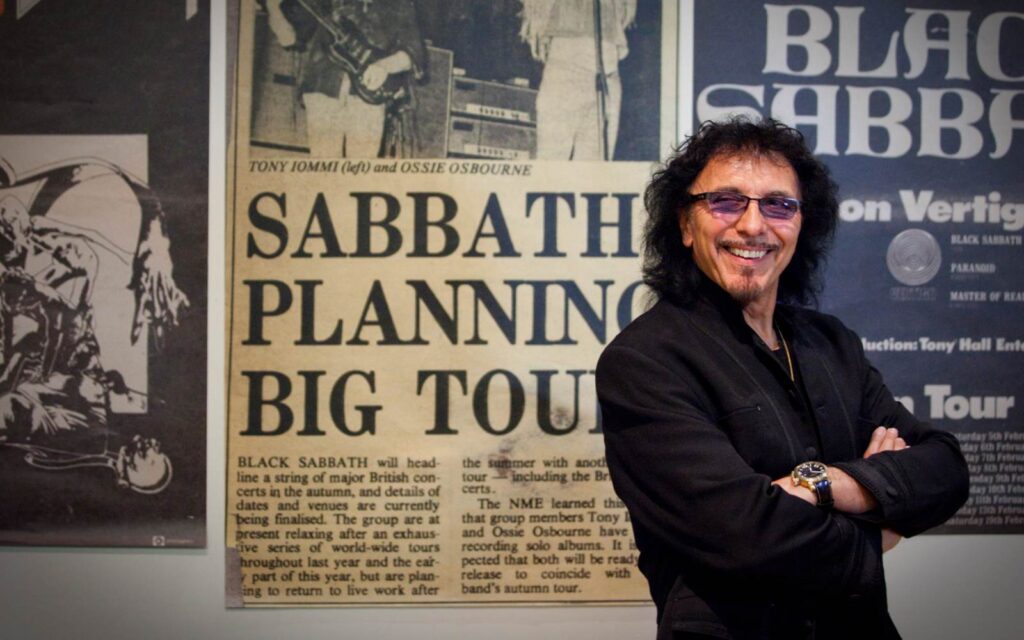Breaking down the pros and cons of a console-based workflow.
A mixing console is synonymous with music production and recording. Regardless of whether they’re used in a recording process or not, the imagery of faders, banks of EQ and master sections are used for promotional purposes, as well as for the interfaces of our favourite plugins.
The plugins we use every session are, more often than not, painstakingly accurate recreations of history’s favourite analogue equipment, offered to us at a fraction of the price, and can be used as many times as our RAM or DSP allows. So, why do people still pursue consoles if plugins are more convenient? What is it about a mixing console and analogue hardware that give us something plugins can’t? And for those without the space or funds for a mixing console – how do you get that sound?
Read all the latest features, columns and more here.
First, we need to dive into why people might continue to use consoles despite gratuitous upkeep costs, their ability to make even the most reasonably sized rooms feel cramped, and… the recall.
Recall is a term we don’t use too often unless using analogue equipment. To recall a mix is to have to reset analogue equipment to a specific setting that was used for either a mixdown, master or recording. With plugins and laptops, we don’t need to recall settings because they’re all saved within the session, which has in turn created an expectation that bands can make seemingly endless revisions to mixes without too much hassle to a producer or mixing engineer.
With this shift in workflows, it’s also prevented musicians from understanding the extent of the work required for recalls when producers and engineers choose to dip their toes into the analogue domain. Recallability is so easy in the digital world that bands often don’t feel the need to commit wholeheartedly to a project even after it’s ‘completed’, in particular because the small (negligible, sometimes unnecessary) changes are so simple to do. And this is what plugins do bring to the table though, the ability to save your work at any point, as well as settings being able to be copied and duplicated across a session.
User beware, plugins are a double-edged sword. Yes, you can use different flavours of colour across a mix, bringing the best of a myriad of brands to handle specific workloads within a song. What this can create though, is a mismatched concoction of saturation and character across different areas or instruments in a song. Some brands work best for drums and percussion, while others seem to add something magical to a vocal or guitars. While they may sound fantastic on their own, the sum of their parts doesn’t always work. What the analogue domain retains over digital, is the uniformity of summed audio.
If we’re going to discuss summing, we need to discuss console signal flow. Generally speaking, consoles used for both recording and mixdown have a few gain stages to ensure that the audio is captured at a healthy level, as well as monitored clearly before being recorded back onto tape/your hard drive. Signal comes in via pre-amps and inserts, is recorded onto tape, then sent back onto the console for monitoring, before being recorded then back onto tape again to record your mix.
Each of these gain stages introduces a little of a console’s character each time they pass through them, so by the time you’re even monitoring, signal has been saturated four to five times. What this does is create an overarching uniformity to every single track within a mix, helping them gel and providing part of that ‘glue’ that so many plugin companies advertise within their products.
This is where plugins or even separate hardware pieces fall apart. While a single Neve 1073 preamp, for example, will give you crystal clear clarity and some nice harmonics if you push it, it won’t re-introduce those harmonics multiple times like a mixing console will. When you’ve mixed all your separate tracks with a console and are finally printing a mix down to two tracks, you’re summing a multi-track session down to just a left and right signal.
Summing mixer
This summing can also happen at a higher level. For example, you might sum all of your drums down to a stereo group, and do the same thing with your bass, guitars and vocals, before finally summing it all together into a stereo file or printing it to tape. This workflow is common, and even without a console, you can buy summing mixers specifically for this process.
A summing mixer is just that – a mixer used for summing your tracks together to get that uniform sound. Made up of anything from four to sixteen ins and outs and beyond (i.e. two or eight stereo groups) the audio is then summed down to a stereo mix. Summing mixers don’t even always have EQ, but they do have level controls. They’re used just to run all your channels through some sort of uniform unit as a whole.
So all in all, even if consoles do become more or less extinct, the workflow and sound they create and the inspire will live on in their legacy, so make of that what you will. The console workflow doesn’t lend itself too well to how most bands and producers work today, but there’s something to be said for whether endless recall and revisions are a good thing anyway.
Consoles have a way of introducing something cohesive to a session, so much so that entirely new products have been invented to offer this without the real estate, upkeep and workflow that a console demands. You can achieve console-esque sounds with plugins but realistically you need to be introducing a little of that character at every gain stage, so you’ll run out of RAM pretty fast.
Consoles can be better bang for buck than they appear, often offering multiple preamps and EQ modules for a fraction of the price you would pay if you bought them separately, so that’s something to consider too. If you’ve read this far hoping for a definitive answer, I’m sorry but you won’t find it here. The omnipotent audio Gods only have question: does it sound good?
Revisit our tribute to the late great Rupert Neve here.







